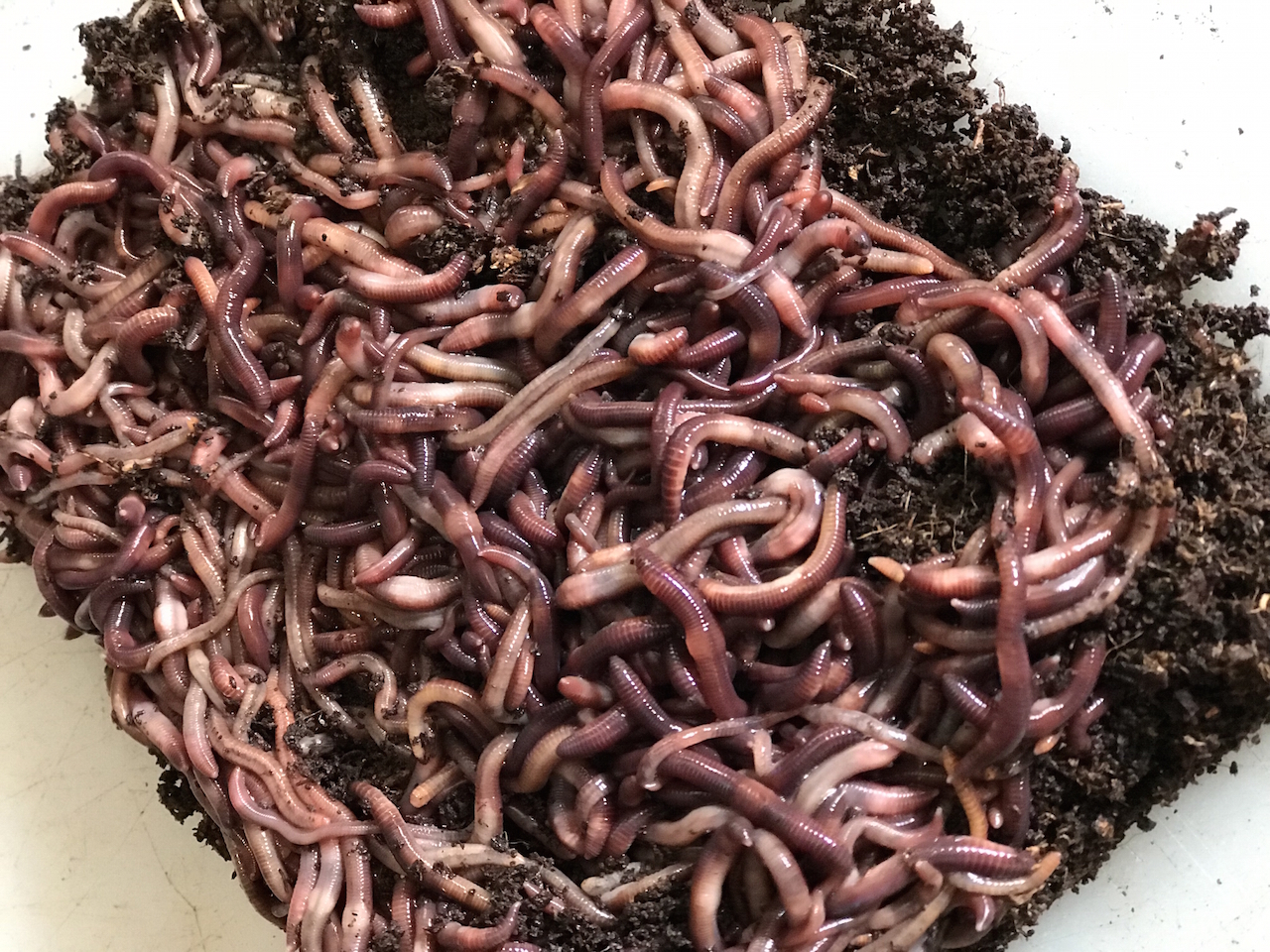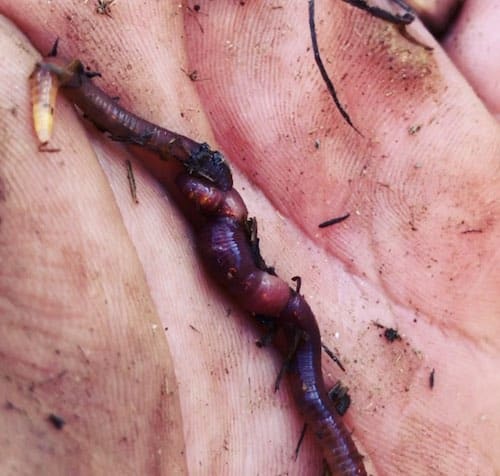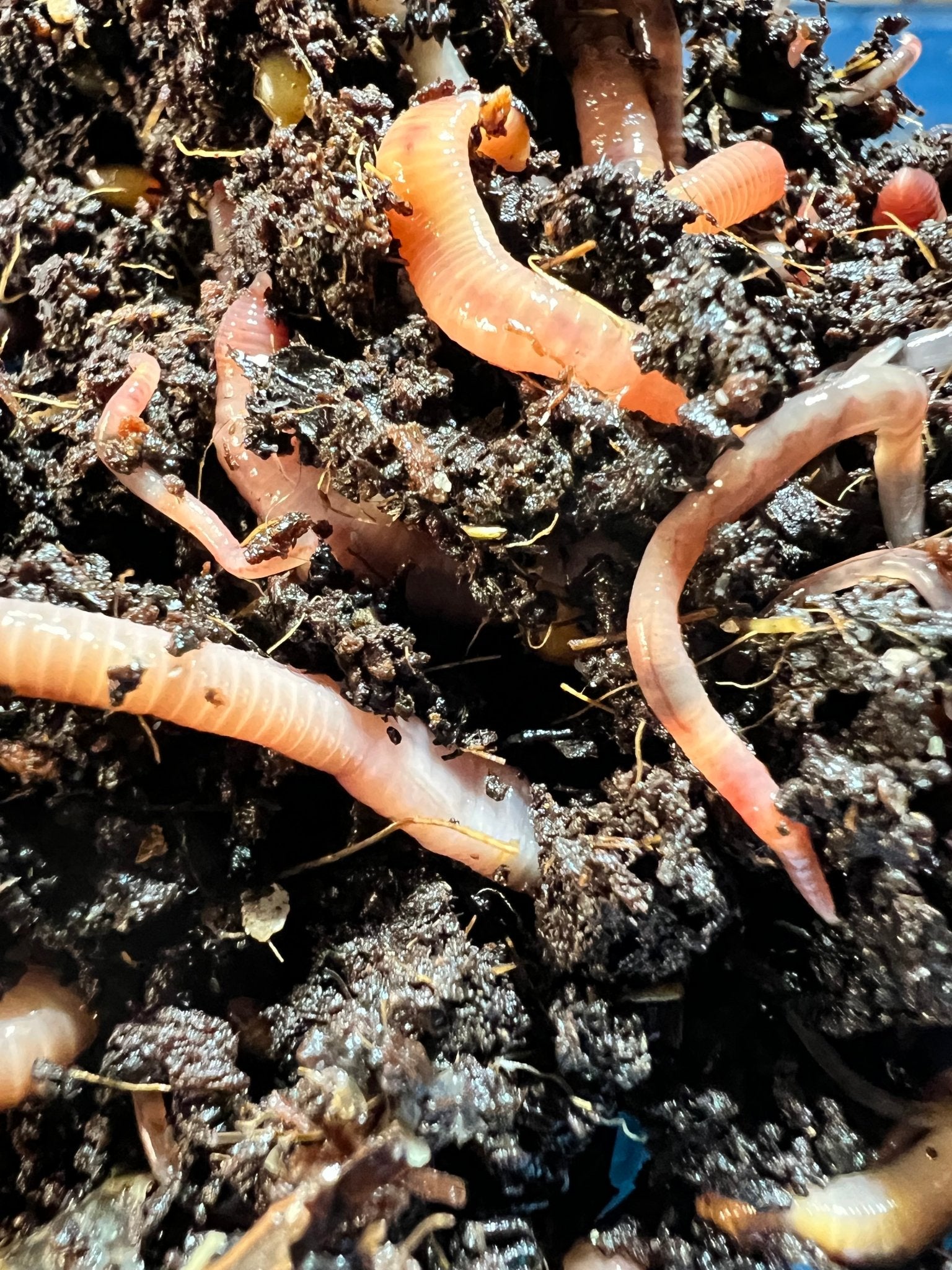Achieve a Greener Lawn with the Help of Red Wiggler Express Lawn Care Treatments
Achieve a Greener Lawn with the Help of Red Wiggler Express Lawn Care Treatments
Blog Article
Open the Tricks of Red Wigglers: Your Guide to Composting Success
The assimilation of red wigglers into composting methods provides a substantial chance for boosting soil wellness and promoting sustainability. Recognizing their needs and actions is critical for optimizing their potential, from establishing up an appropriate worm bin to feeding them the ideal products.

What Are Red Wigglers?
(Red Wiggler Express)Red wigglers, medically understood as Eisenia fetida, are a types of earthworm primarily made use of in composting as a result of their impressive capacity to break down raw material successfully. These worms are characterized by their reddish-brown pigmentation and a fractional body, generally measuring between 3 to 4 inches in length. Unlike other earthworm types, red wigglers grow in rich, organic environments, making them perfect for vermicomposting systems.
Native to North America, they are often located in decaying fallen leaves and compost heap, where they play a vital role in nutrient recycling. Their adaptation to staying in a moist, aerobic environment enables them to consume huge amounts of organic waste, damaging it down right into nutrient-rich castings that improve soil health and wellness.
Red wigglers reproduce quickly, with a single worm capable of creating several cocoons each week, each containing multiple hatchlings. Recognizing the biology and habits of red wigglers is essential for maximizing their capacity in composting applications.
Benefits of Utilizing Red Wigglers
Harnessing the power of red wigglers in composting offers numerous benefits that improve soil wellness and promote sustainable waste monitoring. These amazing organisms efficiently break down organic issue, changing kitchen area scraps and lawn waste into nutrient-rich vermicompost. This completed product is remarkably valuable for plant development, as it improves dirt structure, increases dampness retention, and boosts vitamins and mineral accessibility.

(Red Wiggler Express)Furthermore, the presence of red wigglers in your composting system can speed up the composting procedure, generating high-grade compost in a fraction of the time compared to conventional techniques. The spreadings created by these worms are additionally including useful bacteria that even more enrich the soil ecosystem.
Establishing Up Your Worm Container
Creating an efficient worm container is a simple procedure that can dramatically improve your composting initiatives. The initial step is selecting an appropriate container. Worm containers can be made from plastic storage space containers, wooden boxes, or commercially available worm bins. Guarantee the bin has ample water drainage and ventilation holes to maintain optimum dampness degrees and air movement.
Next, prepare the bed linens product, which serves as the worms' habitat. A mix of shredded newspaper, cardboard, and coconut coir functions well, giving a comfortable environment for the worms. Goal for a bed linens deepness of about 4-6 inches. Moisten the bedding lightly, ensuring it looks like a wet sponge without excess water merging near the bottom.

Feeding Your Red Wigglers
To make sure the health and performance of your red wigglers, it is crucial to supply them with a balanced diet that satisfies their nutritional demands. Red wigglers flourish on a varied variety of organic products, which not only provide required nutrients yet likewise advertise effective composting.
Beginning by integrating kitchen scraps such as veggie peels, fruit cores, and coffee grounds. Prevent citrus fruits, onions, and garlic, as these can be detrimental to worm health and wellness. Additionally, introduce shredded paper, cardboard, and completely dry leaves to produce a well-aerated setting.
Feeding frequency need to be kept track of; usually, worms can consume half their body weight in food weekly. It is critical to prevent overfeeding, as excess food can bring about unpleasant odors and bring in insects. A great technique is to add food in tiny quantities, allowing worms to refine it prior to introducing much more.
Keeping moisture levels is likewise essential; the bedding must be wet but not soggy. Be certain to regularly inspect the temperature and pH degrees of the container to make sure an optimum setting for your red wigglers, ultimately enhancing their composting effectiveness.
Harvesting and Using Compost
An effective composting process with red wigglers culminates in the rich, dark garden over here compost called vermicompost, which can substantially improve soil health and plant development. Gathering this nutrient-dense material generally occurs every 3 to 6 months, depending upon the size of your system and the quantity of raw material being refined.
To gather, gently different the garden compost from the worms and any undecomposed products. One efficient technique involves relocating the components of the container away and adding fresh bed linens and food to the void, urging the worms to move. After a few days, the compost can be collected from the opposite side.
It is essential to use vermicompost appropriately to maximize its advantages. By including vermicompost into your horticulture routine, you not only recycle natural waste but likewise develop a thriving environment that sustains sustainable gardening methods.
Verdict
In summary, red wigglers serve as remarkable allies in composting efforts, transforming organic waste right into nutrient-rich vermicompost. By recognizing the optimum problems for their environment, feeding demands, and compost harvesting methods, gardeners can enhance soil wellness and advertise plant vigor.
Report this page